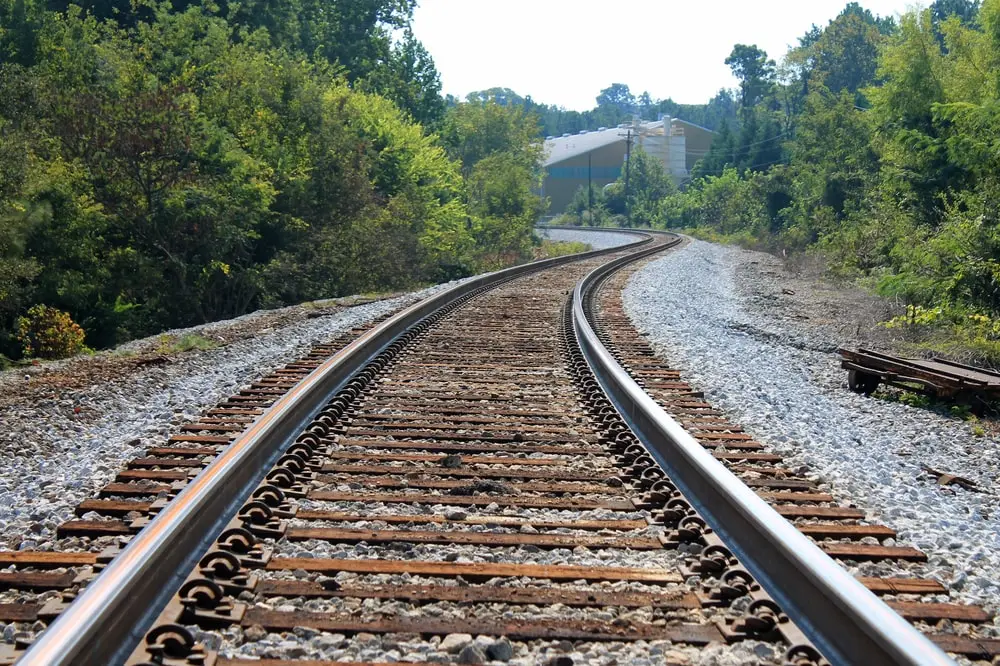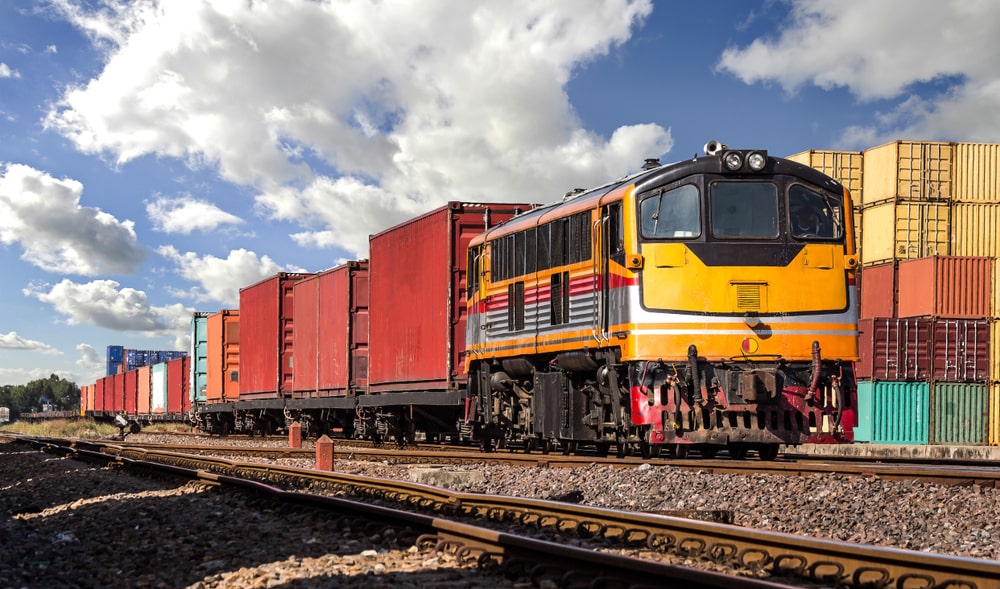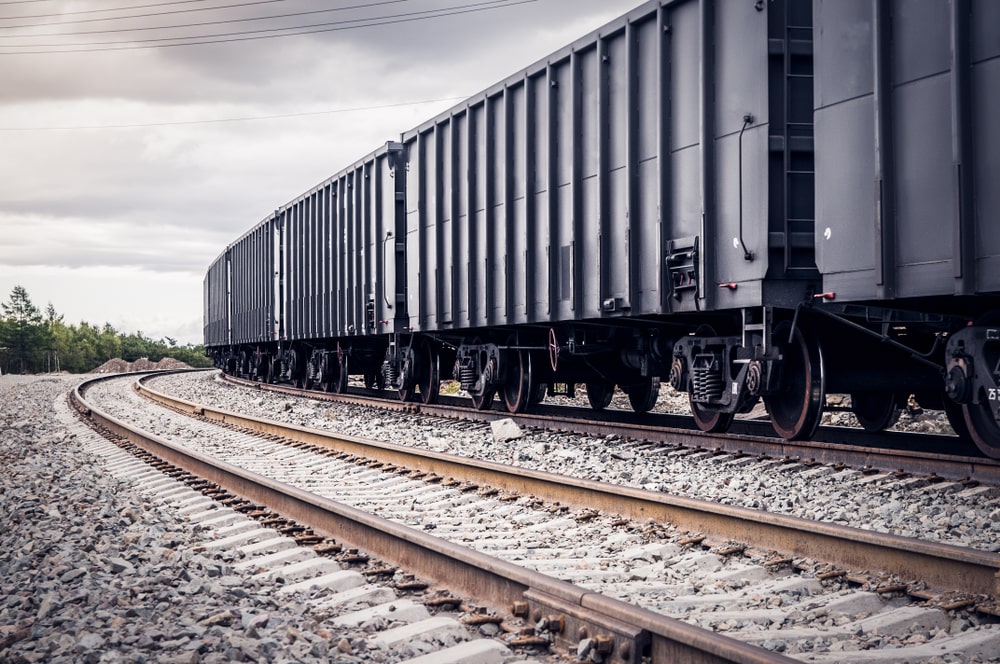LEARNING ABOUT THE SHORT LINE RAILROAD

If you are familiar with the history of Strasburg Rail Road, then you are sure to have heard many interesting facts about the railroad itself. One such is that we are referred to as a short line railroad.
What is a short line railroad? How does it differ from a normal railroad, and why are they so important? Read our blog to learn more about short line railroads and how they’ve become a vital part of train history.
Defining Short Line Railroads
As their name suggests, short line railroads are “smaller” and shorter railroads designed to go from Point A to Point B. They are typically found in more rural areas and are designed to act as transporters for supplies and goods that need to be moved.
In most cases, they were designed to create small communities with the larger rail network. They can also reach areas that may be inaccessible by larger railroads, or as they’re more commonly known, Class I railroads.
Railroad Classes
You may be asking, “What are Class I railroads?” which prompts the question of what exactly are railroad classes.
There are three classes that a railroad can fall under, and they are typically defined by their annual operating revenue, which is more or less overseen by the Surface Transportation Board (STB).
- Class I Railroad – has a revenue greater than $250 million per year
- Class II Railroad – has a revenue of $20 million and $250 million per year
- Class III Railroad – has a revenue of less than $20 million per year
Class I railroads are the more well-known of the three, and there are currently seven in North America:
- Amtrak
- BNSF
- Canadian National Railway
- CPKC
- CSX
- Norfolk Southern
- Union Pacific
A Bit Of Short Line-Railroad History
Short line railroads have been around since the beginning of train history. Initially, many early railroads in the 1800s were considered Class I railroads since they belonged to larger rail companies.
Due to an increased focus on making the tracks as short and local as possible, many of these early tracks could be considered short lines. It was when tracks were sold to private companies or businesses that their identity became much more separated from Class I railroads.
Some of the earliest short line railroads include:
- The Erie Canal Railroad (1825)
- The Granite Railroad (1826)
- The Mohawk and Hudson Railroad (1826)
- The Baltimore and Ohio Railroad (1828)
Many of the short line railroads remained owned by other Class I railroads and other larger businesses for decades longer. But it was thanks to the impact of the Staggers Rail Act of 1980 that they were given more freedom to grow in the market and be bought by individual buyers.
The Importance And Benefits Of Short Line Railroads
Why are these types of railroads so important? Well, it mainly comes down to short line railroads filling the role of “bridging the gaps” where other railroads are unable to reach to complete the transportation of their goods.
A short line railroad will often play the role of the “first and last mile” of Class I railroads, or in other words, starting the movement of the goods and typically taking over the last stretch of tracks so goods can reach their anticipated destinations.
Despite their importance, short line railroads are often met with obstacles that make it somewhat difficult at times to stay afloat. Below are a few examples of the most important challenges they must overcome.
1. Funding And Access To Capital
Like all businesses (big or small), owning a short line railroad requires money to keep them functioning. Investments are important, but gaining private funding can be a challenge when they are independently owned, especially during times when maintenance is required.
That is why it is incredibly important that they have access to funding to maintain safe, up-to-date funding annually.
2. Civil Connections
Due to their similarity and overlapping connections with Class I railroads, short lines often find themselves competing for their business. This can put a strain between them, especially when one requires the other at times to complete trips and deliver supplies.
It is important to remember that both need each other and that Class I railroads often cannot thrive without short lines.
3. Proper Attention And Compliance For Goals
Short line railroads oftentimes attend to a specific group of clients when it comes to delivering their goods, and that is rural and far-out locations. Because the places are seen as niche and the items delivered so few, many may question the need for the railway.
At the same time, these railroads have to comply with railway industry standards and rules. Which can be difficult given how much smaller they are compared to larger Class I railroads.
So, to continue achieving their goals and making their deliveries on time, short line railroads will put a great deal of effort into advocating for themselves so their small business owners can continue to support them and their needs.

That being said, as train travel continues to evolve, there are many benefits to be found in fully utilizing the American freight network when using these short-distance trains. Here are a few reasons why they are so important.
1. Faster Transportation
Trains provide fast and efficient transportation for many different kinds of goods. Planes may take too much time to load and properly land, boats have a lengthy travel time, and cars/trucks can only carry so much.
Trains (especially short lines) can cross distances quickly while still being able to carry large loads. They can cross state borders and territories without much issue, and, as mentioned above, can deliver items from more rural areas to potential customers easier.
2. More Eco-Friendly
Due to their more compact size and speed, trains taking these railroads release less greenhouse gasses and burn less. This results in less emissions and contributes to less amounts of pollution being released into the air.
During a time when we need to be more environmentally conscious, trains and shorter railroads within the railway industry are important.
3. Affordable Costs
Short line railroads are known for having a lower affordable cost than most, which many potential customers and buyers alike. Not to mention their ability to reach more rural areas that other vehicles may have trouble reaching.
To ensure that they remain up and running, these railroads will typically be independently owned by holding companies to have full control over them. This ensures their costs don’t fluctuate terribly, and that their operations/number of trips is not reduced.
Goods Carried
Short line railroads carry a large number of goods that are still expanding to this day due to their low costs and eco-friendly benefits. Some of these goods include the following:
- Food, such as grains
- Building materials, such as stone, wood, and sand
- Everyday supplies such as paper
More Information on Trains
If you are interested in learning more about train history or looking into other sources related to short line railroads or even laws related to railroad tracks in general, below are a few sources to explore, including information from the short line rail association.

Interested in learning more about Strasburg Rail Road before you plan your visit? Check out our Frequently Asked Questions Page to learn more about our fascinating history and other questions you may have.
